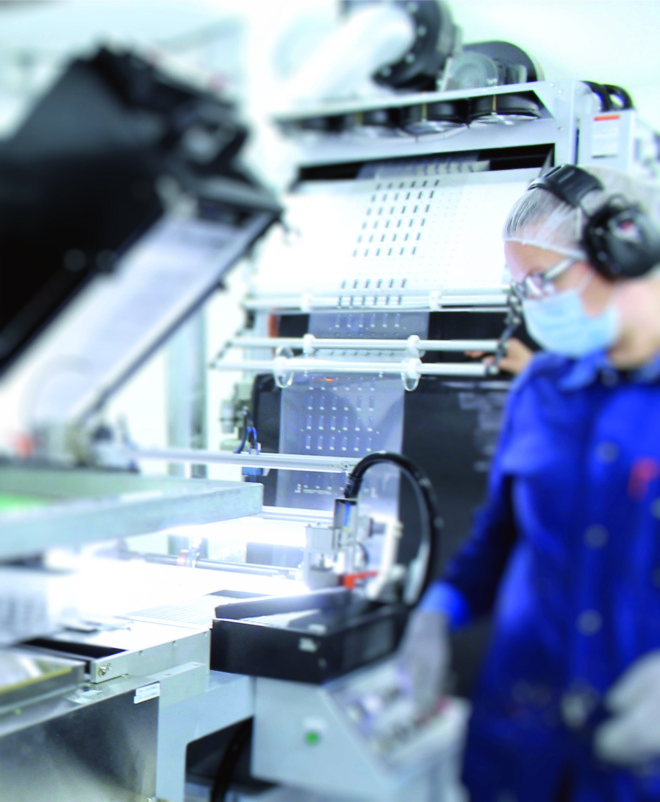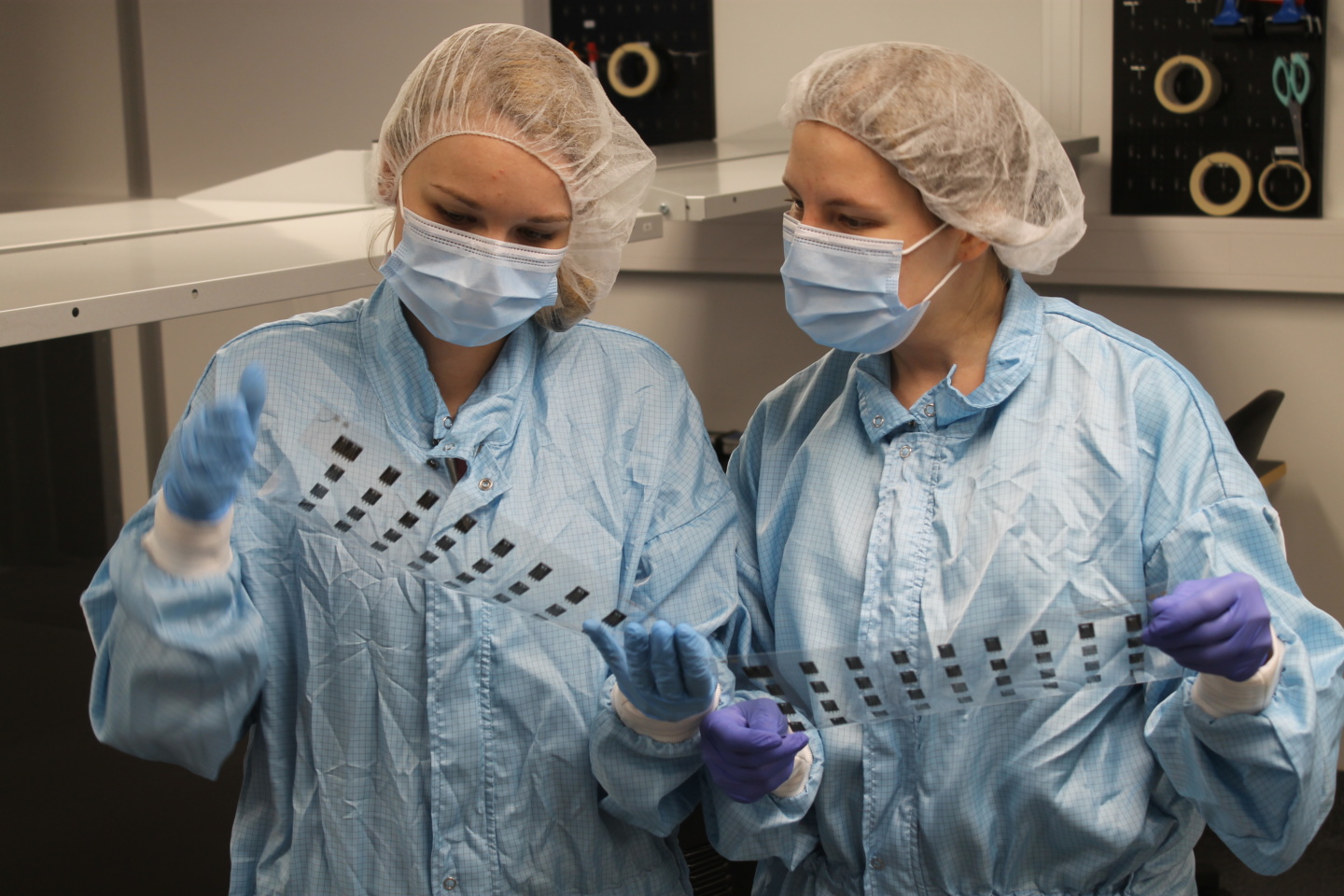Screen printing is an established technology for both chemical and biosensor development. Screen printing technology has been used to generate a variety of electronic sensors that are rapid, cost-effective, on-site, real-time, inexpensive, and practical for use. Electrochemical electrodes work through a combination of an electric current and chemical component, which reacts with possible analytes involved. The most common and well-known application of these sensors are glucose strips, where blood sugar is measured.
Glucose is one of the many analytes that can be detected and measured using screen-printed electrodes and electrochemical sensors. Screen printing allows relatively easy way of designing modifications to create suitable sensors for various applications, such as pH levels of liquids or certain hormones in saliva or urine. The specific electrode materials and detection methods used will depend on the analyte of interest and the application.
 The human sample collection as well as portable sample collection can be conducted with integration of microfluidic structures. Screentec recently participated in Lateral Flow Workshop in the UK organized by BioDot. The event introduced a few intriguing technologies for integration of both screen-printed, microfluidic and lateral flow components. With our experience in screen printing and microfluidic structure fabrication, we are delighted to offer our expertise and help you with your development process also in this area.
The human sample collection as well as portable sample collection can be conducted with integration of microfluidic structures. Screentec recently participated in Lateral Flow Workshop in the UK organized by BioDot. The event introduced a few intriguing technologies for integration of both screen-printed, microfluidic and lateral flow components. With our experience in screen printing and microfluidic structure fabrication, we are delighted to offer our expertise and help you with your development process also in this area.
Most electrochemical electrodes and sensors are designed to be disposable and at low cost. Our long experience in printed electronics and broad range of in-house production options allow us to quickly produce prototypes that are made with mass production in mind. Our extensive material library allows us to make patches and electrodes that are comfortable, easy to use and can stay on the skin for extended periods of time, while still maintaining good signal quality. We also support our customers with full documentation, allowing for faster certification processes.
Are you looking for a partner to get your electrochemical sensor or microfluidic project going? Or alternatively, are you evaluating possibilities to combine these two? Feel free to contact us – we are happy to help in finding a suitable solution for you.
